The New Topographics

Topographics was a term used by William Jenkins during 1975 as a word to describe a group of American photographers whose shots had an identical but clever aesthetic; they were monochrome, orthodox of urban / industrial landscapes in an attempt to show how humans have shaped the land. These photographers included: Robert Adams, Lewis Baltz, Bernd Becher and Hilla Becher.
Urban landscape was/is used to show an increase in population living in an urban / man built settlements. It is known as “the art of visual and structural integration of a set of buildings, streets and places that form the urban environment ” which aims to present a sense of scenery of man made settlements.
This type of photography powerfully illustrates how man have affected the Earth and evolutionized the land ourselves with earthly elements such as iron to build infrastructures. It can also serve as a way to show how we are polluting our own planet, created for our benefit; being destroyed by its own elements; science has shown that noble gases, which have been increased by engine working, have effected the ozone layer.
Stephen Shore
Stephen Shore is a famous photographer who has been widely known for over 45 years and the first living photographer to have a one-man show at the Metropolitan Museum of Art in New York, after Alfred Stiegliz.
In the 1970s he inspired many photographers in colour photography and in the use of the view camera for documentary work.
In his letter to a young artist, he states that he’s been teaching at Bard College for more than 20 years and has had the “opportunity to meet graduate students at several institutions over the years.”
He also states that he believes “art is made to explore the world and the culture, to explore the chosen medium, to explore one’s self.”
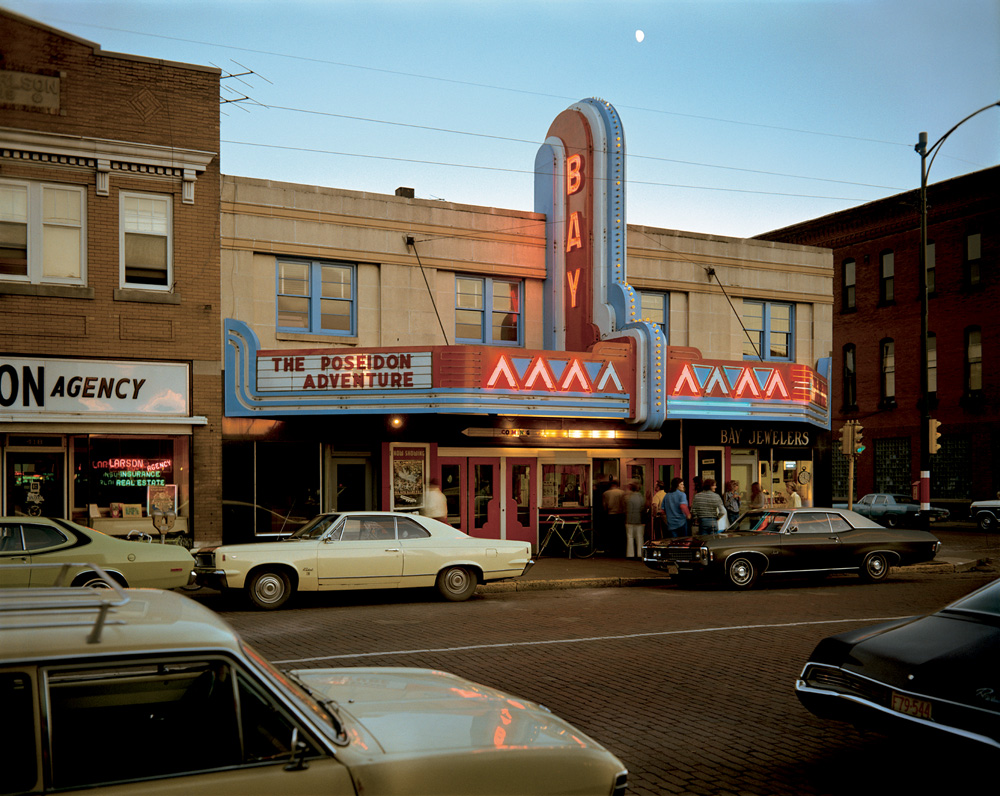
Image Analysis
Light:
The brightest part of the image is clearly the sky as it’s naturally illuminated by the sun, then the sign which grabs the viewers / habitant’s attention.
There are dark shadows and tones suggesting
The background is a bit of sky which shows natural lighting being used coming from behind. Also, since there is a 1/3 of the image containing a natural setting / environment it could show how man made structures have taken over the natural environment.
Space:
There is an ideal dream of 3D space in this 2D picture because of the monocular profundity signals utilized and caught by the photographic artist.
Texture:
The surface of these buildings feel damaged. I know this because there are a few cracks which could show how humans are breaking the natural environment. The texture of the rest of the objects in the image feel metallic, cold,
Lines / Binocular and monocular depth cues:
There is evidence of repetition of angular, vertical and horizontal lines in this industrial image in order to create a perception of height.
There is a strong variety of occlusion which creates and helps us perceive this as a 3D image. Height in plane also plays a role in this image showing that bigger objects must be closer to “us” and smaller objects must be further away creating a 3D illusion.
Shape and form:
This image has various shapes due to the urban context. For example, there are rectangular and circular shapes suggesting an industrialised environment as these shapes aren’t very common in nature. There are also triangular shapes along the lit sign showing the same thing.
There is also depth in this image as well as height and width adding to the 3D form in this 2D image. For example, relative size, occlusion, cast shadows and interposition all play a role in helping us perceive this image to be 3D.
Colour:
There is a vast amount of colour in this image spanning past the primary colours. These colours include, blue, red, yellow, brown, black, grey and more. In contrast to Ansel Adams we can clearly see a development in cameras as well as the environments.
The bright primary colours would suggest how bright and amazing this “new man-made world” is but the dark tones could also show the sinister background of such places as some towns were built by slaves.
Planning
Contents:
For this project, my main goal is to capture an urban area in the most artistic and creative way as I possible can. This will include pictures of town, building, etc, except cars.
Location:
My location will be focused around town and Fort Regent as those are the most industrialised and well known areas. I will have a go at capturing other places in order to get a vast majority of photographs and stand out.
Lighting:
For this shoot, I will be able to clearly use natural lighting since it’s an outdoor
shoot plus, it permits my pictures to seem natural and permits ME to capture the
natural scene of the land.
Camera Setting:
For this project I’ll set the ISO to a hundred since the weather seems to be sunny with the shutter speed at 1/500 so as to let enough light-weight in.
I may conjointly set the camera to automatic mode in order that the camera determines all aspects of exposure, choosing exposure parameters in keeping with the appliance at intervals the constraints of correct exposure, in conjunction with exposure, aperture, focusing, light-weight metering, white balance, and equivalent sensitivity.
Contact sheets

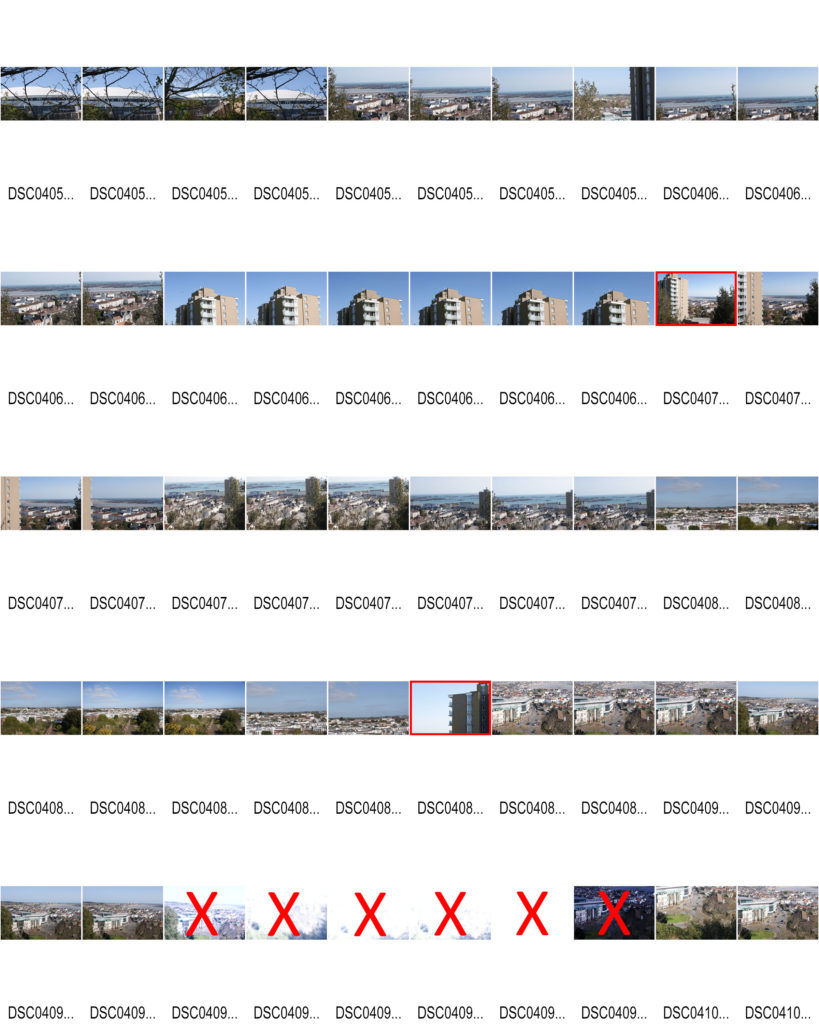
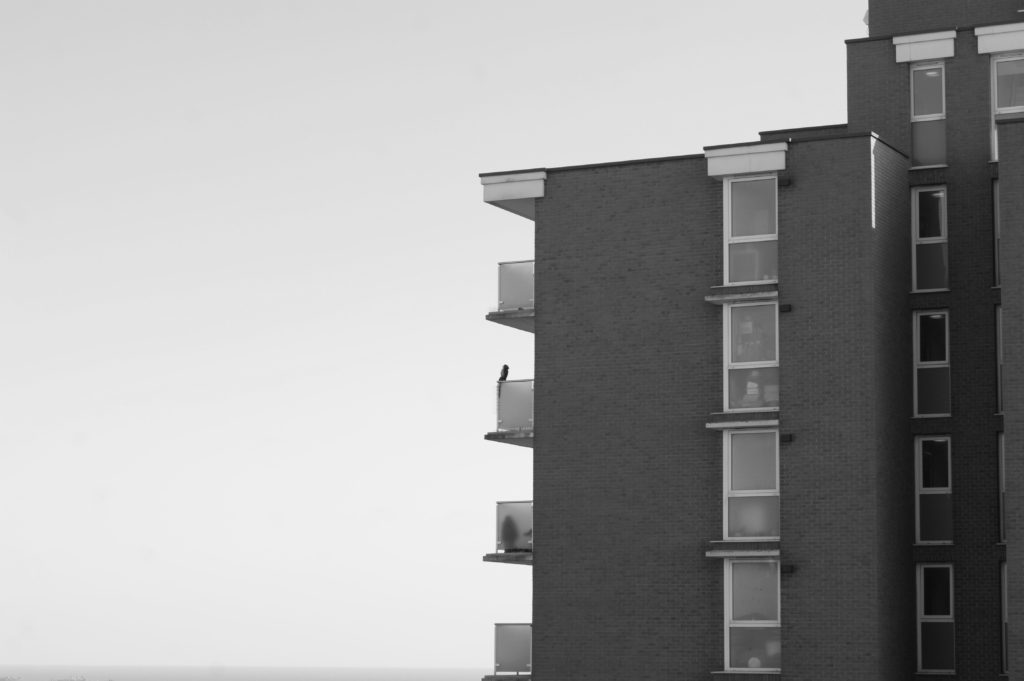
Sat by the balcony
I have decided to call this image “Sat by the balcony” due to the fact the owl statue creates an illusion that someone or something is sat on the balcony.
For this image I used the cameras auto focus and auto mode in order for a quick and automatic shot with perfect ISO, Aperture and shutterspeed.
The image is in black and white due to the aesthetic and message portrayed in this whole Landscape topic; industrialization appears to be ruining nature turning white trees darker for example. Therefore, I am attempting to create the same effect but with urban landscapes.
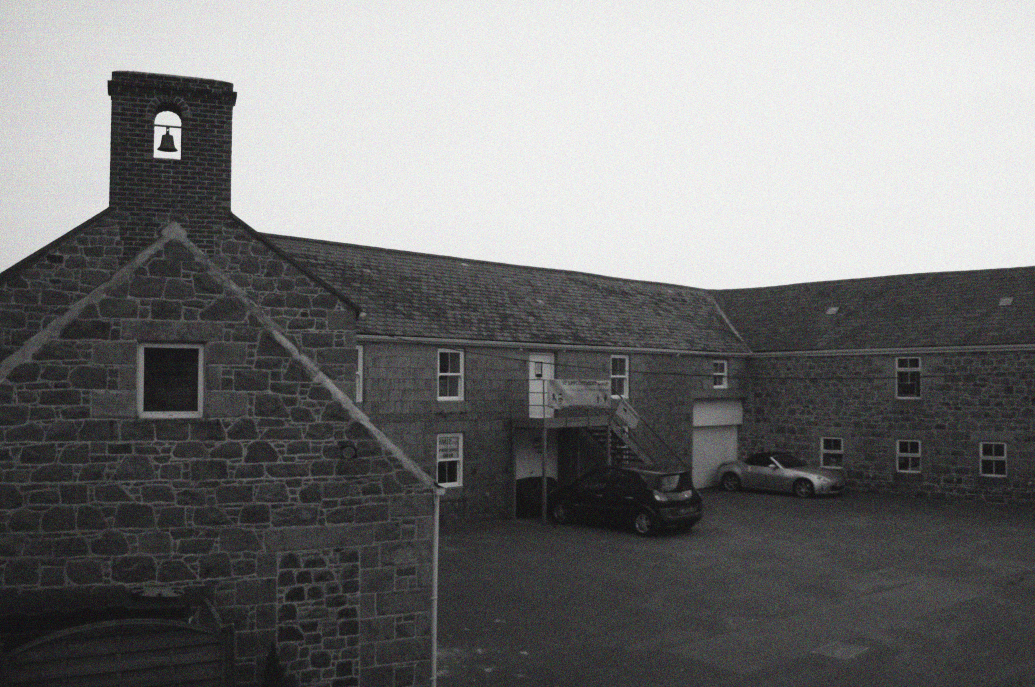
By the bell
For this image, I used the camera’s autofocus and auto mode to shoot quickly and automatically with perfect ISO, aperture and shutter speed.
The image is black and white due to the beauty and information displayed in the entire landscape theme. For example, industrialization seems to be destroying nature by blackening the white trees. Therefore, I tried to create the same effect with the urban landscape.
I have tried to use the rule of thirds to compose the image and make it more intriguing to the viewer.
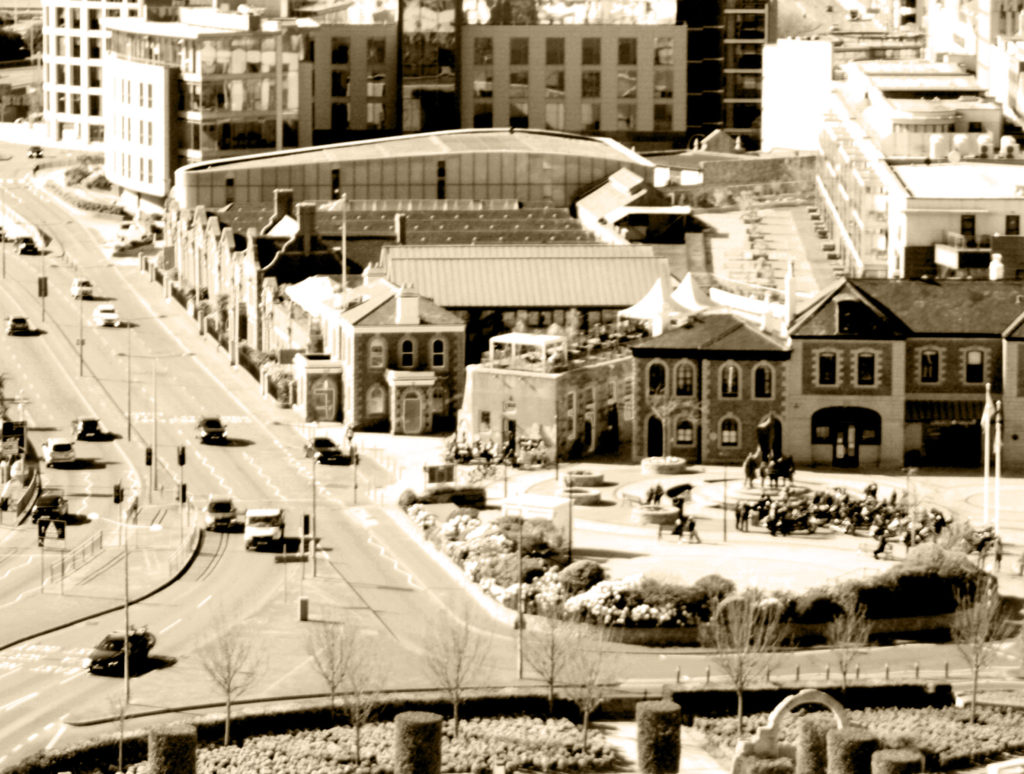
2021 but 1960
For this image, I used the camera’s autofocus and auto mode to quickly and automatically shoot with perfect ISO, aperture, and shutter speed.
Due to the beauty and information displayed throughout the landscape theme, the images are vintage related to past images and the era when Shore was born (20th century). Also, 1960 was one of my favourite eras and this filter is perfect for the first project on urban landscapes.
I tried to use the rule of thirds to compose the image and make it more attractive to the public.
In my opinion, this project was average. This is because there is powerful use of lines, composition, lightening, selection and imagery. But there is little to no manual work as most was done by the Auto mode.
I really do like the image that gives a 60s vibe as it’s my favourite epoch where most of the industrialization has already taken place. I think it is successful in a way as it shows the audience the present time but gives a retro feeling. This may also be said to create a juxtaposition or as I like to call it a paradox; “past” and present in one image sort of contradicting each other.
The black and white images add to the vintage theme but are also aesthetically pleasing as for the first image we have the building on one side and the sky on the next which powerfully shows the use of the rule of three and makes it pleasing and peaceful to look at.
In conclusion, although my images may be successful I agree to a certain extent I need to use more of the manual mode, see what ISO, shutter speed and aperture work best in different lighting and settings and apply it to future projects since most of the images came out underexposed or over exposed which limited my selection of images drastically.
